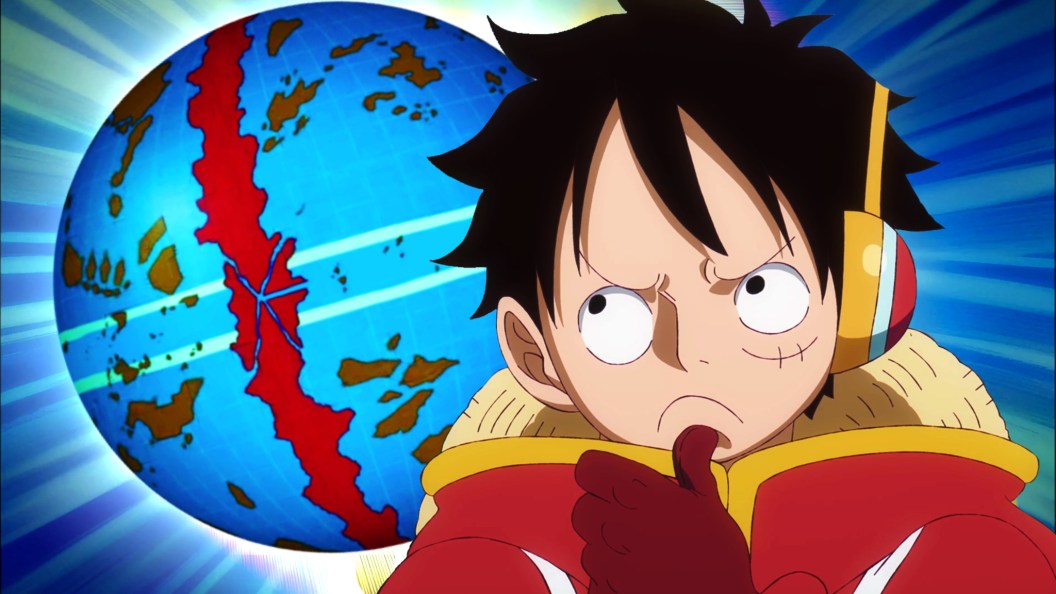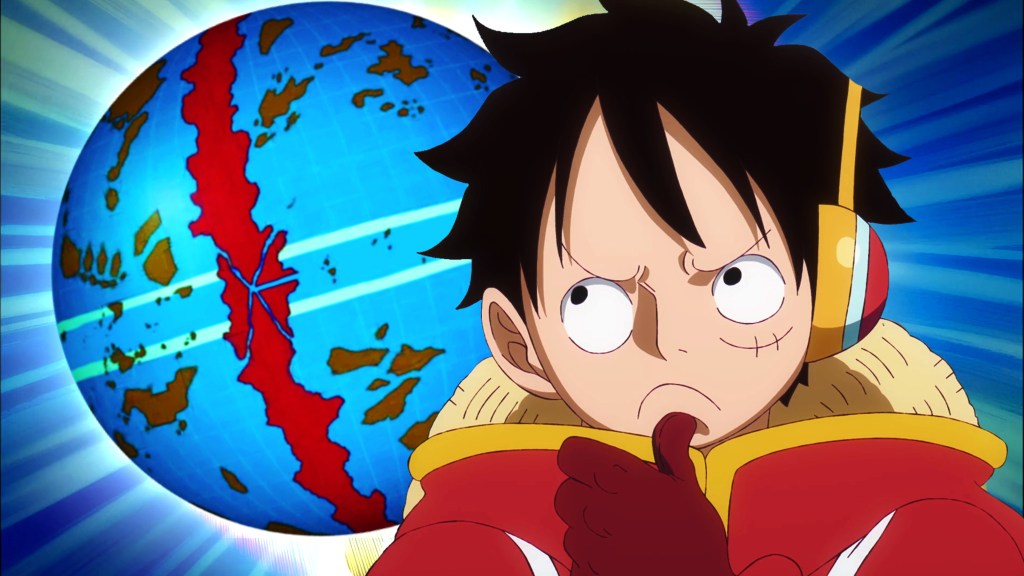
With the release of Netflix’s hit live-action adaptation, One Piece is stepping into the global mainstream more prominently than ever before, introducing an all-new audience to the anime and even the manga that so many have loved and followed closely for the last two decades. That said, it is arguable that One Piece’s manga had been steadily acquiring a vast global fan base for years before the live-action series could leave its mark. There are many apparent reasons for One Piece’s global popularity that any fan can list at a moment’s notice. However, one such reason that even the most diehard fans may not have noticed is that Eiichiro Oda has made one secret change to One Piece’s manga over the years, and solely for international readers.
In the SBS section of Volume 111 of One Piece, Oda was recently asked why One Piece’s manga does not make use of vertical speech bubbles, unlike most other manga, but instead breaks up long text into several speech bubbles. In response, Oda reveals that though he initially did use vertical speech bubbles, he stopped doing so after seeing the official English release struggling to fit the text into these speech bubbles. Oda’s response as translated by @newworldartur on X reads, “You see, although I originally used plenty of vertical speech bubbles, there was this one time where I saw the overseas release trying to pack the horizontally-written English words into vertical speech bubbles, and it just looked really cramped.” As such, Oda confirms he stopped using vertical speech bubbles to make localizations easier to format and read as well.
[RELATED: One Piece’s Creator Teases Luffy Needs to Visit One Place Before Laugh Tale]

One Piece’s Manga Changed Speech Bubble Shapes for Localization’s Sake
Though the shape of the speech bubbles is something most readers may have never paid much attention to, they do greatly shape the reading experience. To sum up the issue in simple words, Japanese characters, like many East Asian languages, can be written horizontally as well as vertically, and the latter generally takes up less space, leaving more room for the artwork. However, as Oda explains in the SBS of One Piece Volume 111, most Western languages, like English, are basically only written horizontally, making it difficult to fit entire sentences into vertical speech bubbles.
Thus, as Oda goes to say, he instead opted to design One Piece’s text bubbles in such a way that they would be easy to read regardless of what language they were translated into. The SBS reads, “There’s plenty of countries where the languages it gets translated into are written horizontally, so the speech bubbles are now designed to be easy to read no matter what language they are translated into.”
Overall, the fact that Oda took one look at the cramped localization and made the switch to wider text bubbles and broken up text shows a great deal of consideration on his part for One Piece’s international readers as well as letterers on the localization teams having to deal with this issue. Oda has always prioritized making One Piece as clear and easy to read as humanly possible, from the paneling to the speech bubbles, and this is one of the biggest reasons why the series continues to be as successful and widely read as it is.
One Piece is available to read via Manga Plus and Viz Media.
Source: @newworldartur on X.
The post One Piece’s Creator Secretly Made One Key Change For International Readers appeared first on ComicBook.com.

